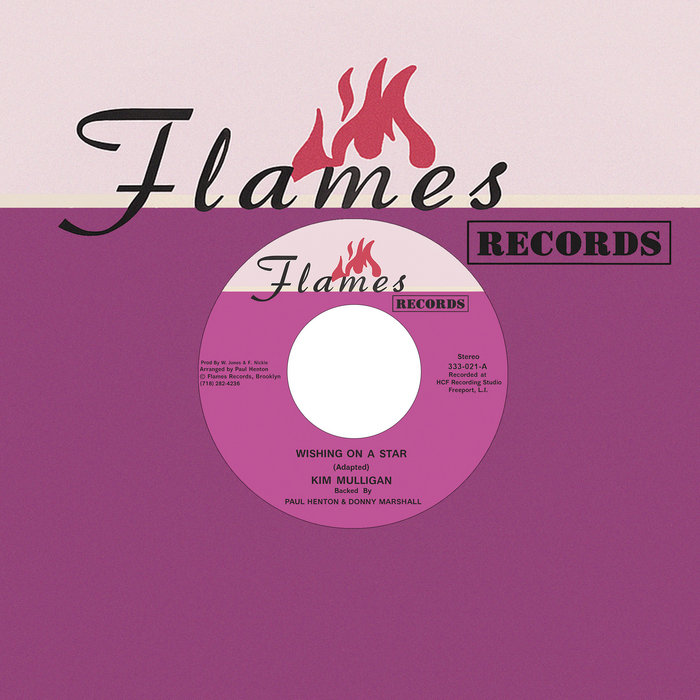
Wishing on a Star (Dub) – Kim Mulligan
this blog is GROOVY – check out great Soul, Funk, Jazz, Hip Hop, Bass, Breaks , Reggae, House n many more TUNES
Hey there, music lovers! 🎶 Grab your headphones and get ready to dive into the vibrant world of field recordings. This is where audio meets adventure, and soundscapes tell stories you won’t hear on your average radio station.
Before we jump into history, let’s get straight: field recordings are sounds captured outside a traditional recording studio. Think of it as the ultimate lo-fi jam session—like being in the wild without autotune or fancy mixing boards! Musicians and sound artists alike have been using these outdoor vibes since way back when.
The roots of field recording sprouted in the late 19th century with folks like Thomas Edison, who recorded sound on cylinders—think vintage cassette tapes but made outta wax. In those early days, people were curious about capturing real-life sounds rather than just composed music.
Fast forward to the 1930s and ’40s, when ethnomusicologists started documenting disappearing folk traditions around the globe. Famous figures like Alan Lomax traveled from Southern juke joints to Caribbean shanties, microphone in hand, gathering tunes that might vanish forever. He wasn’t just recording; he was preserving cultural treasures!
By the mid-20th century, tech got groovier! With portable tape recorders hitting the market (thanks to brands like Sony), suddenly anyone could be a field recordist! Street musicians became stars by virtue of their surroundings—singing at subway stations or bustling marketplaces.
And then came The Beatles (of course!). They took things up a notch with their song “Revolution #9,” which included snippets from everyday life—a true game-changer that gave nods to musique concrète (a fancy term for experimental music). Thanks, lads!
In no time flat, DJs caught onto this vibe too; they began sampling all sorts of eclectic noises—from nature’s symphony to urban chaos—to create something fresh for hip-hop beats and electronic anthems.
Enter artists like DJ Shadow, whose album Endtroducing… is considered one giant love letter to sampling various field recordings mixed into funky loops—the perfect soundtrack for chilling out or getting lost in thought.
Did you know that some musicians make a living off capturing weird noises? Yup! There are professional sound designers who specialize in collecting bizarre sounds—not necessarily musical ones—in order to layer them into films or video games.
Ever heard someone crank up their kitchen appliances? Meet artist Maja Ratkje, who once released an entire album called Voice, featuring her singing along with her microwave oven’s beeps!
And how about this: during an expedition trip while capturing natural sounds in Africa, musician Bernard Parmegiani accidentally recorded his own stomach growling after skipping breakfast! Talk about ambient noise taking on personal meaning!
Some intrepid souls even go as far as incorporating animal calls into their tracks—which can sometimes lead to unintended collaborations… Imagine an eagle soaring over your latest mix tape!
There’s a sense of freedom tied up in making field recordings; nature itself becomes part of your band! Picture this: you’re standing by a babbling brook and suddenly hit play—it’s not just water; it’s magic flowing through sonic waves combined with whatever instrument you brought along.
Plus there’s something special about capturing imperfection—the chatter at street corners or laughter at picnics creates texture missing from polished studio tracks. It feels genuine because…it is genuine!
Field recording embodies spontaneity—any noise could become inspiration if you’ve got quick ears (and maybe a decent mic).
Today we see countless artists curating immersive experiences through their findings. Electronic acts now incorporate these raw environmental samplings straight into club bangers while filmmakers turn them loose during emotional scenes.
Musicians such as musician/producer/instrument inventor (Dustin O’Halloran) use location-based projects which capture city atmospheres married with classical elements—a beautiful hybrid form worthy enough for film scores while still packaged neatly within our modern playlists.
Meanwhile DJ/producer (Jan Jelinek) goes full-on minimalism by blending distant traffic sounds with delicate melodies creating chill moments perfect for either study sessions or nighttime drives under city lights…
Field recording isn’t just about filling silence—it speaks directly from experience infused right back into art itself lending authenticity unheard anywhere else before its playful cunning dance between man-made rhythms intertwined seamlessly alongside Mother Nature herself establishing sonorous connections forevermore etched across generations ahead!
So next time you tune-in remember those hidden gems delicately crafted amidst all that background chatter—it might lead you down new paths filled not only grooves but also tales worth telling… Who knows what funny stories await when adventurous spirits roam free amongst us!?
Now go forth—you now hold deep knowledge on this groovy genre filled with wild adventures waiting beyond your front door! Keep listening & exploring—all those unforgettable vibes will surely inspire more than you think!

Wishing on a Star (Dub) – Kim Mulligan
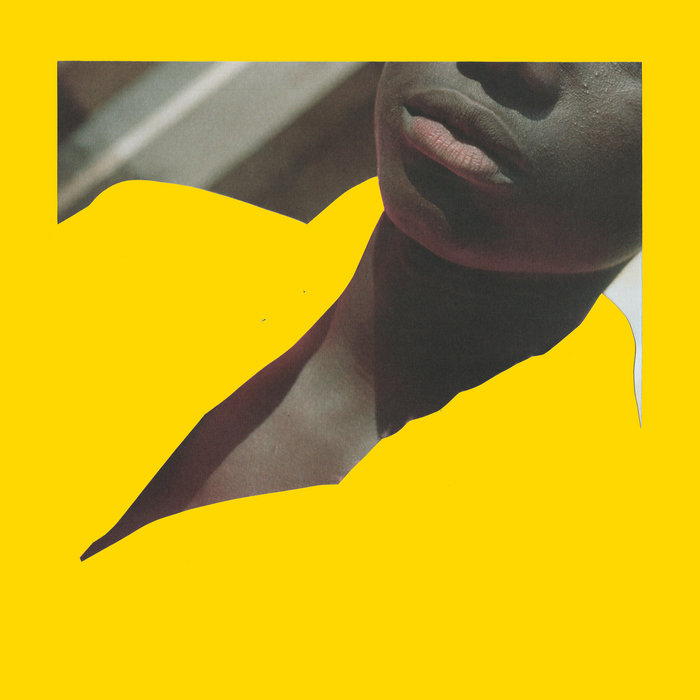
Whatsapp – Duval Timothy

Flores y Pólvora – Biomigrant
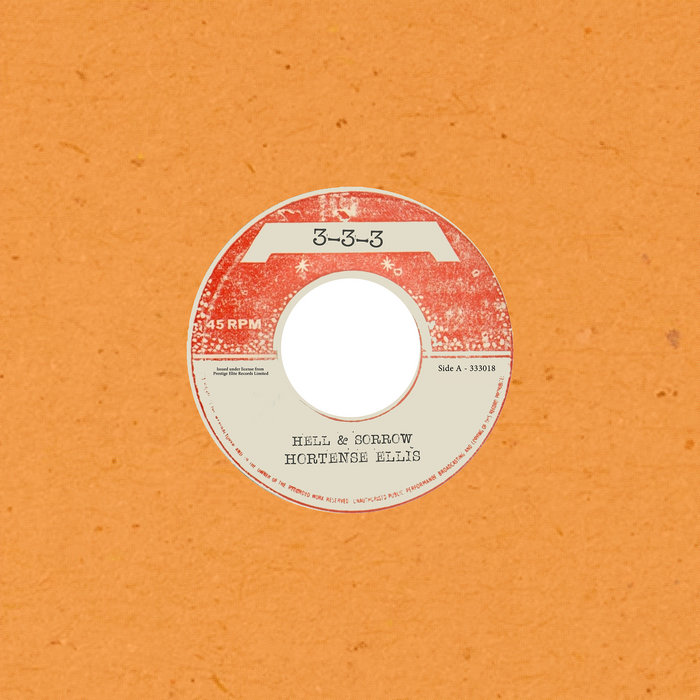
Tribulation – Big Youth

Sometimes – Bessie Jones and the Georgia Sea Island Singers
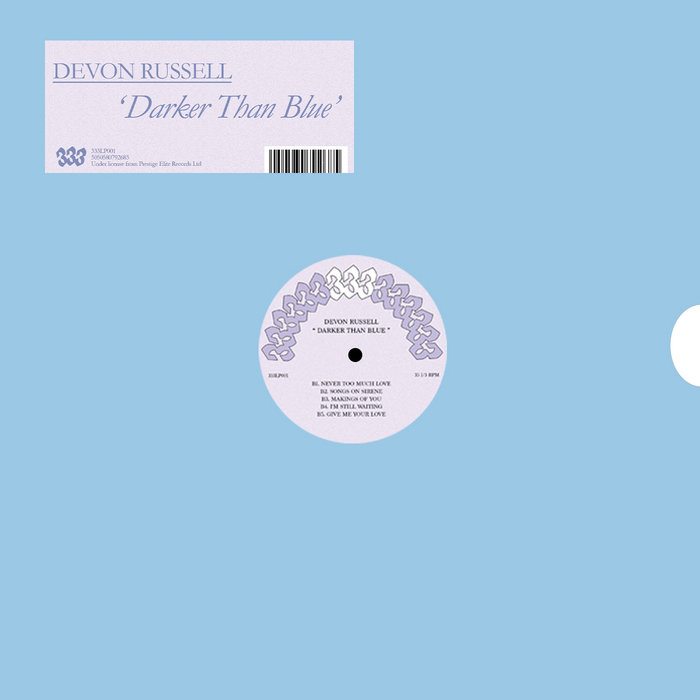
Move On Up – Devon Russell
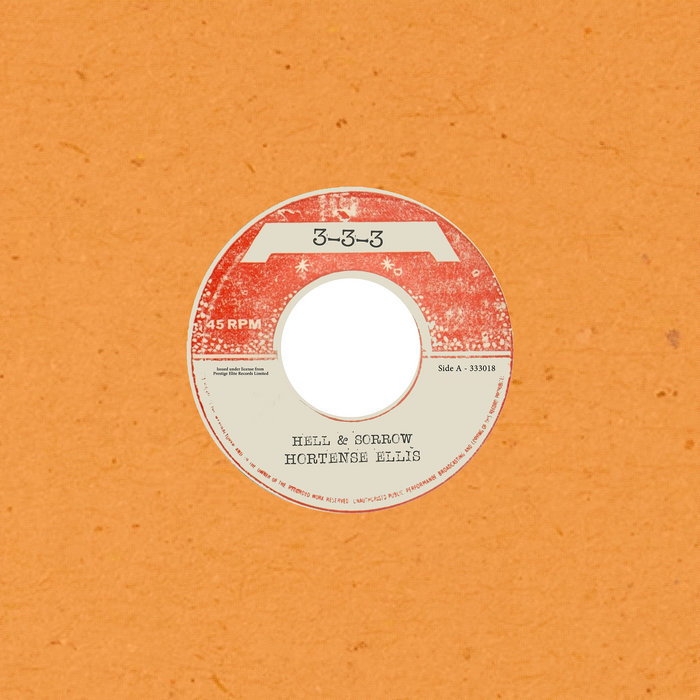
Hell & Sorrow – Hortense Ellis
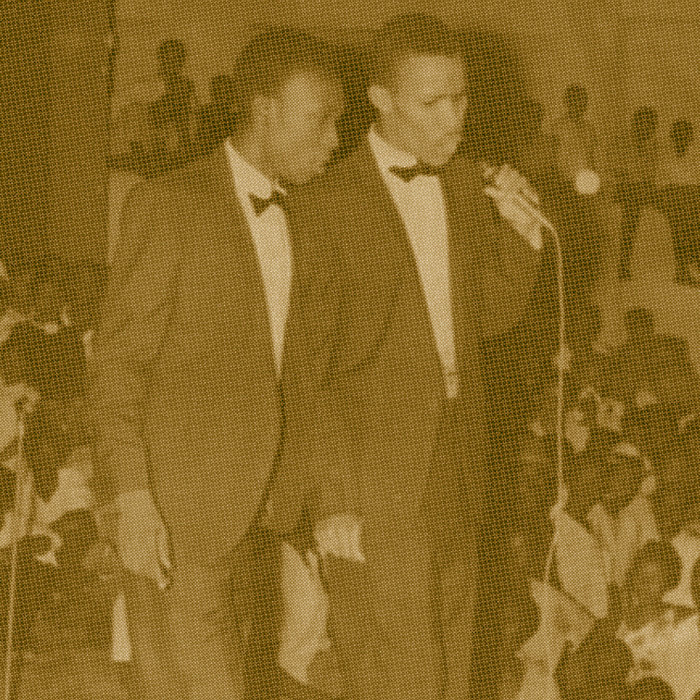
Don't You Know – The Moonlighters

There’s A Light – Shirley Ann Lee
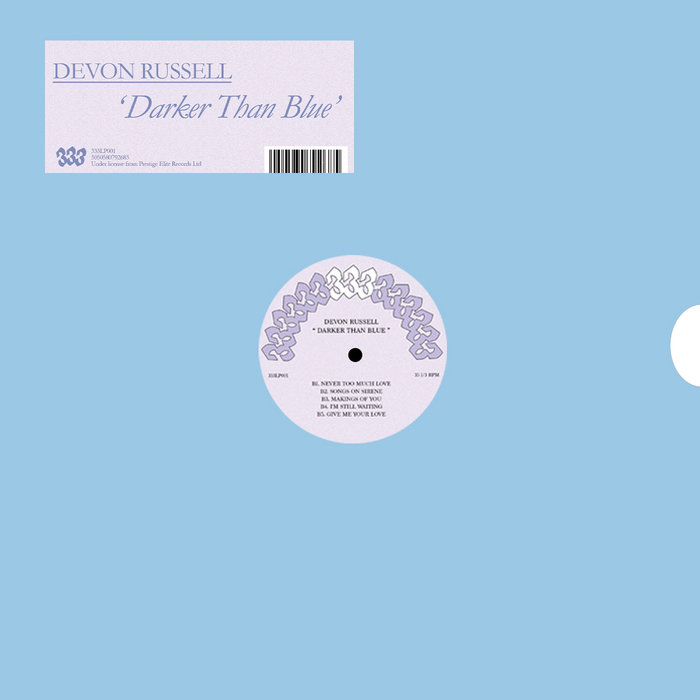
Darker Than Blue – Devon Russell